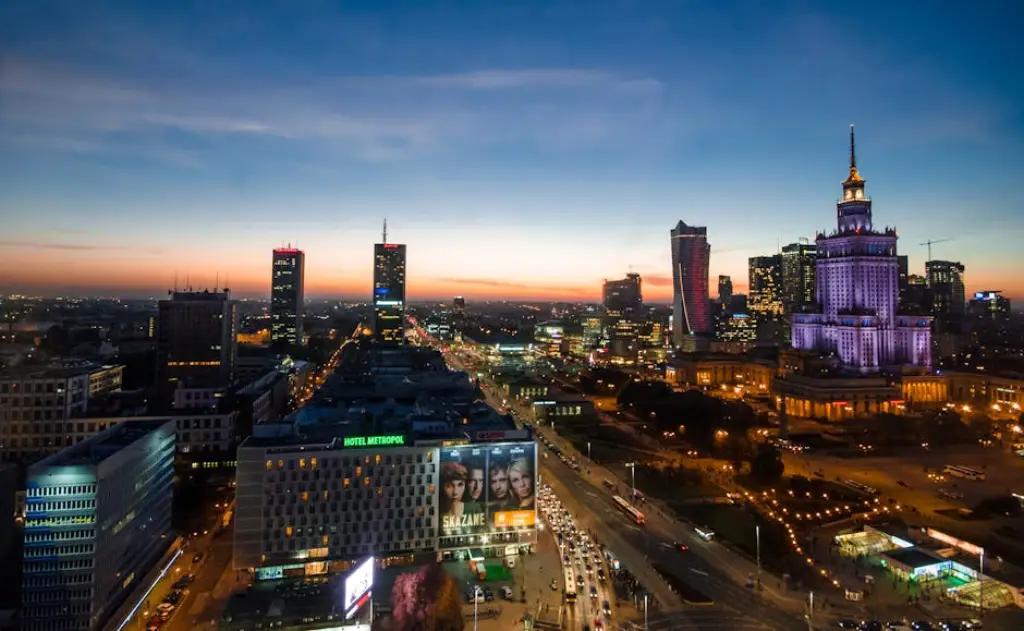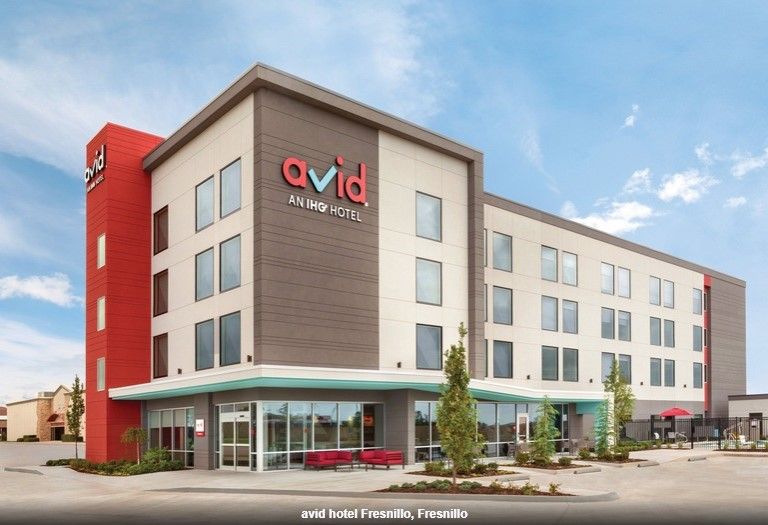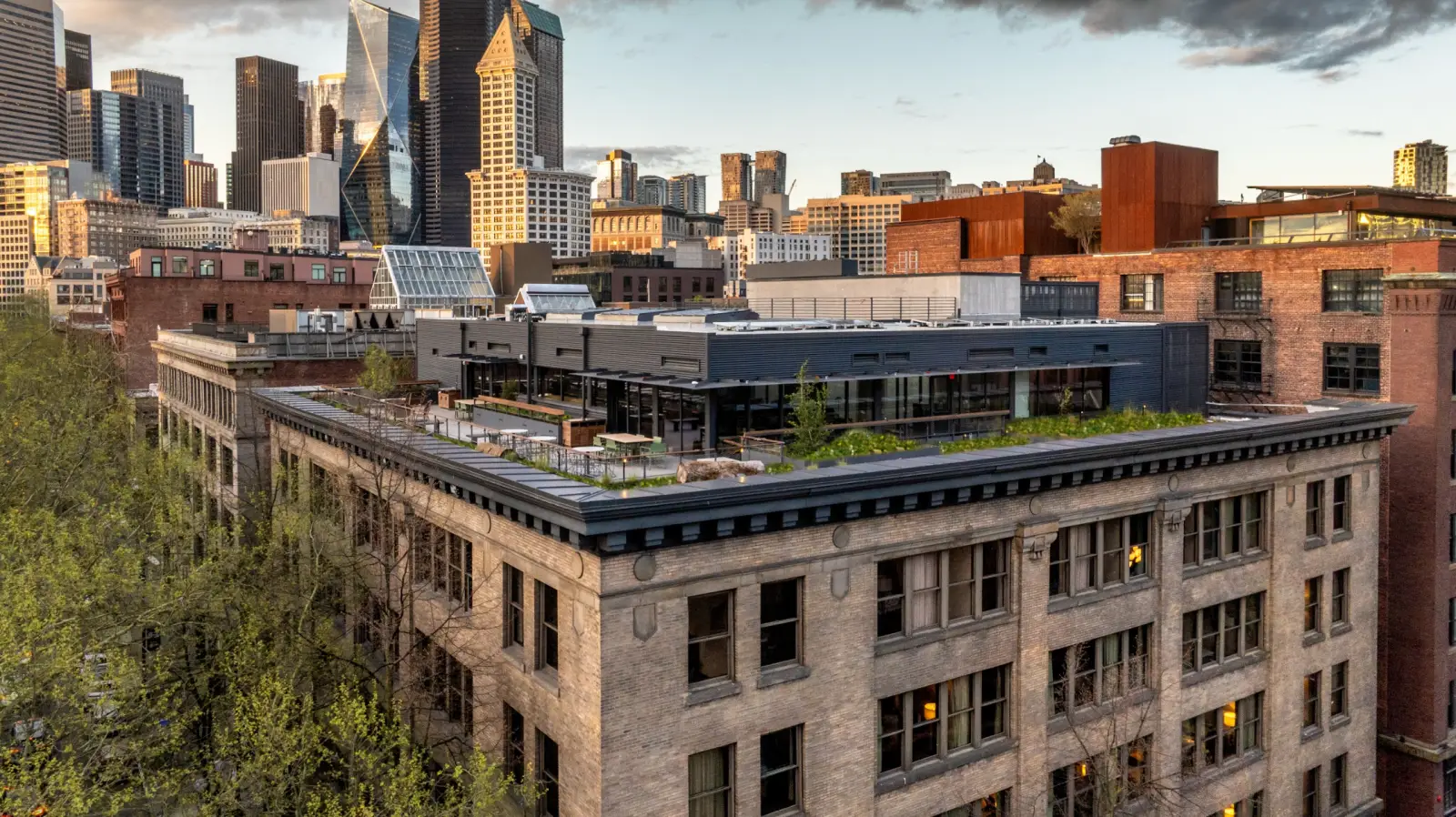Poland’s capital is a vibrant, modern agglomeration with spectacular skyscrapers, a rich array of cultural and entertainment options, and urban relaxation zones on one hand. On the other, it has been a treasure trove of historical knowledge and the stage for many dramatic events. These two faces of the city intertwine, creating a unique blend. Learn how to plan a trip to Warsaw, what to see, and what to pay attention to.
Warsaw’s must-see attractions
Discussing Warsaw without mentioning its fate during World War II is difficult. Over 80% of the city’s buildings were destroyed during the conflict. This knowledge can significantly alter the perspective of your visit, making you realise that almost every classical structure has been rebuilt from ruins in just the past few decades. This understanding highlights the monumental effort to restore the capital to its former glory.
For the oldest historical traces of Warsaw, head to the Old Town. One of the most important landmarks here is the Royal Castle, once the residence of Polish monarchs. Almost completely destroyed during World War II, its reconstruction began in the 1970s and concluded in 1984. Today, the castle functions as a museum and a venue for various ceremonies. In front of the building stands the Sigismund’s Column, depicting Sigismund III Vasa, the king who moved the capital from Krakow to Warsaw in 1596.
Nearby is the Old Town Market Square, one of the more beautiful achievements of Baroque and Classicist architecture in Central and Eastern Europe. Colourful townhouses and numerous cafes surround the square. At its centre stands the Warsaw Mermaid Statue – the symbol of the city. In one of the side streets is St. John’s Cathedral, dating back to the 14th century. Its Gothic facade and richly decorated interior are impressive. It’s worth noting that in 1980, the entire Old Town, along with the market square and the castle, was designated a UNESCO World Heritage Site.
One of Warsaw’s most recognizable buildings is the Palace of Culture and Science. It dates back to the post-war period when Poland was under Soviet influence and was constructed as a “gift from the Soviet people to the Polish nation.” For decades, it was the tallest building in the capital, standing at 237 metres. It only lost its title in 2022 to the Varso Tower, which is over 80 metres taller. The Palace of Culture and Science is worth visiting to view the exhibits in its museums and to see the city panorama from the 114-metre-high observation terrace. The building also houses theatres, educational institutions, gymnasiums, and even a swimming pool.
Warsaw: Tracing the difficult 20th century history
The current appearance of Poland’s capital is the result of the impact of two totalitarian regimes of the 20th century: Nazism and Communism. During World War II, the large Jewish community that resided in Warsaw before 1939 was virtually eliminated. The former Jewish district and the ghetto established by the Germans were largely levelled. Today, only a few preserved remnants testify to the city’s rich Jewish history. A visit to Grzybowski Square and Próżna Street is recommended, near which stands the only pre-war synagogue that survived – the Nożyk Synagogue. To learn more about Jewish history, not just in Warsaw but across the country, the POLIN Museum of the History of Polish Jews is a must-visit.
Other museums related to 20th-century history worth visiting include the Warsaw Uprising Museum and the Katyń Museum.
Free walking tour in Warsaw? Only with a local guide
Warsaw is one of those bustling metropolises that never sleeps. During your visit, you’re in for a plethora of experiences. The city’s history and culture are best discovered alongside a local guide who can share their passion and love for the city. Among the many offerings available, the so-called free walking tours led by local guides from Walkative! stand out. These are individuals connected to the city for years, possessing knowledge not found in widely available sources. A significant advantage of these walks is the absence of a fixed price. Just book a spot, show up at the meeting point, and at the end, decide how much to pay the guide for their hard work and dedication.













